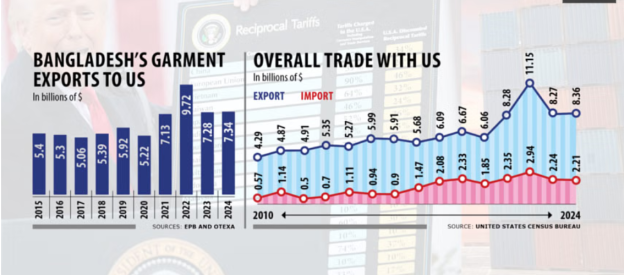At the cost of sounding like a tree hugger during the recent debate on additional air conditioning use through the Heat waves, tree planting offers several long-term and sustainable advantages over using air conditioning (AC) to combat heat waves. Here’s a comparison highlighting the benefits of tree planting:
🌳 Advantages of Tree Planting Over Air Conditioning
1. Natural Cooling
- Trees provide shade that cools surfaces and reduces the urban heat island effect.
- Through transpiration, trees release moisture into the air, naturally lowering temperatures without using electricity.
2. Energy Efficiency
- Trees reduce the need for AC by shading buildings and lowering indoor temperatures.
- This leads to lower electricity consumption, saving money and reducing demand on power grids, especially during peak times.
3. Environmental Impact
- Air conditioners release greenhouse gases and use hydrofluorocarbons (HFCs), which contribute to global warming.
- Trees absorb CO₂, improve air quality, and support climate change mitigation.
4. Cost-Effectiveness (Long-Term)
- While tree planting has upfront costs and maintenance, it offers long-lasting benefits over decades.
- In contrast, AC units need regular maintenance, replacement, and electricity to operate.
5. Health and Well-being
- Trees improve air quality by filtering pollutants.
- They also provide mental health benefits, such as stress reduction and increased well-being.
- AC can contribute to indoor air pollution, mold, and respiratory issues if not maintained.
6. Urban Aesthetics and Biodiversity
- Trees enhance the beauty of urban landscapes.
- They provide habitats for birds, insects, and other wildlife, supporting biodiversity.
7. Resilience to Power Outages
- Trees offer passive cooling, which is especially important during power outages caused by extreme heat or energy grid failures.
- AC is useless without electricity.
8. Community and Social Benefits
- Green spaces encourage social interaction, physical activity, and community building.
- Shade from trees makes public spaces more usable during hot weather.
Summary Table:
| Feature | Tree Planting | Air Conditioning |
|---|---|---|
| Cooling Type | Passive, natural | Mechanical, active |
| Environmental Impact | Positive | Negative (emissions, HFCs) |
| Cost Over Time | Low (after planting) | High (electricity, maintenance) |
| Health Benefits | Improved air quality, stress relief | Potential indoor pollution |
| Power Requirement | None | High |
| Biodiversity Support | Yes | No |
| Long-Term Impact | Sustainable, climate-friendly | Adds to climate change |
✅ Conclusion:
Tree planting is a sustainable, cost-effective, and environmentally friendly solution to heat waves, offering long-term benefits for individuals, communities, and the planet. While air conditioning can offer quick relief, it is energy-intensive, expensive, and contributes to the problem it’s trying to solve.
Let me know if you want this turned into a flyer, infographic, or slide!


















